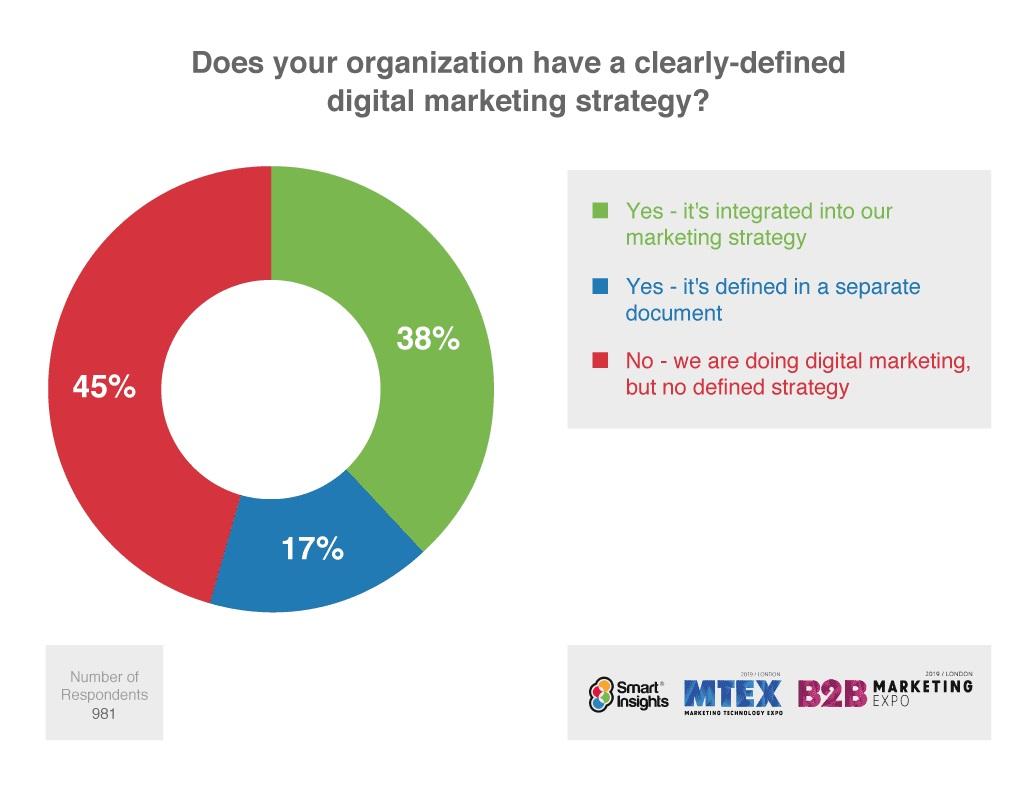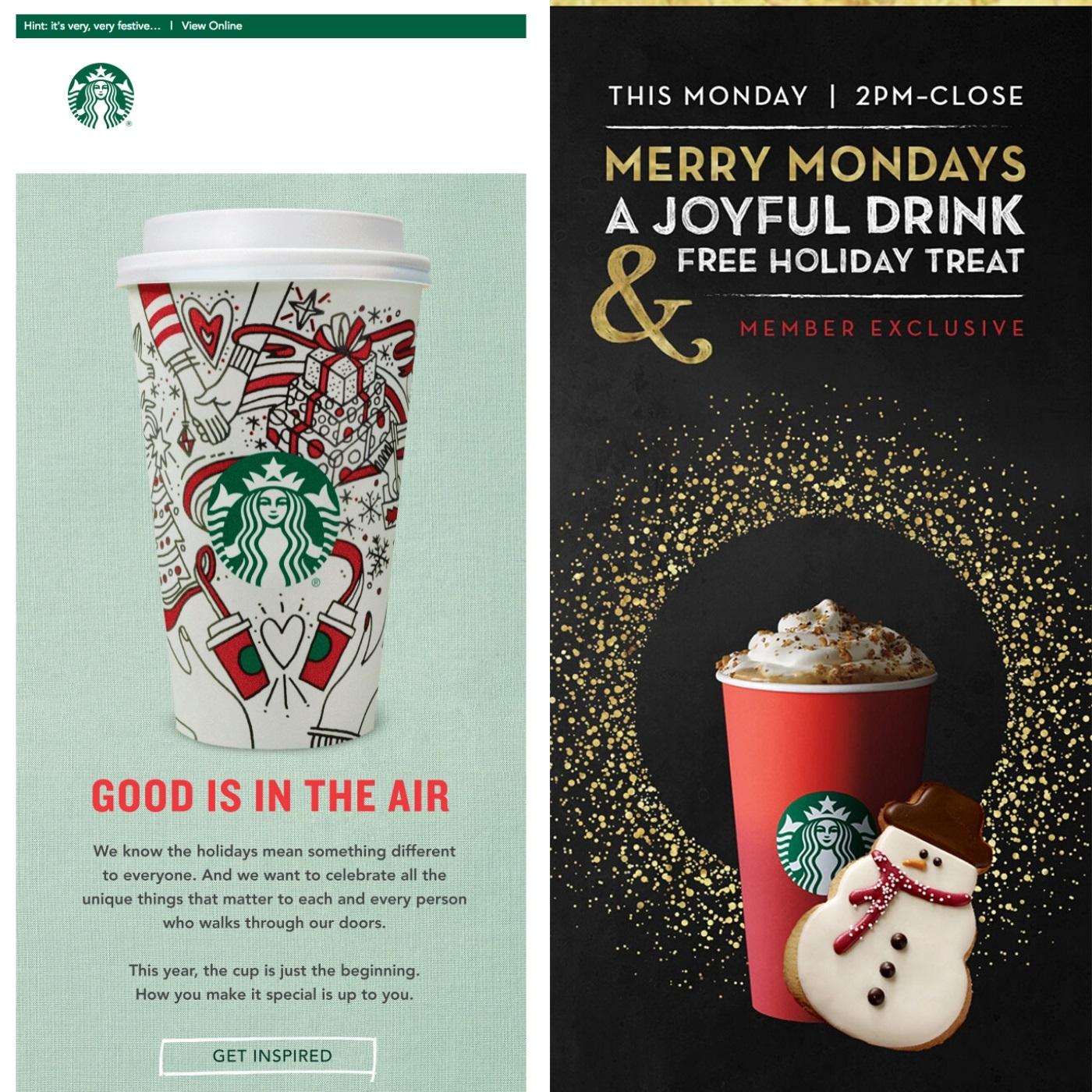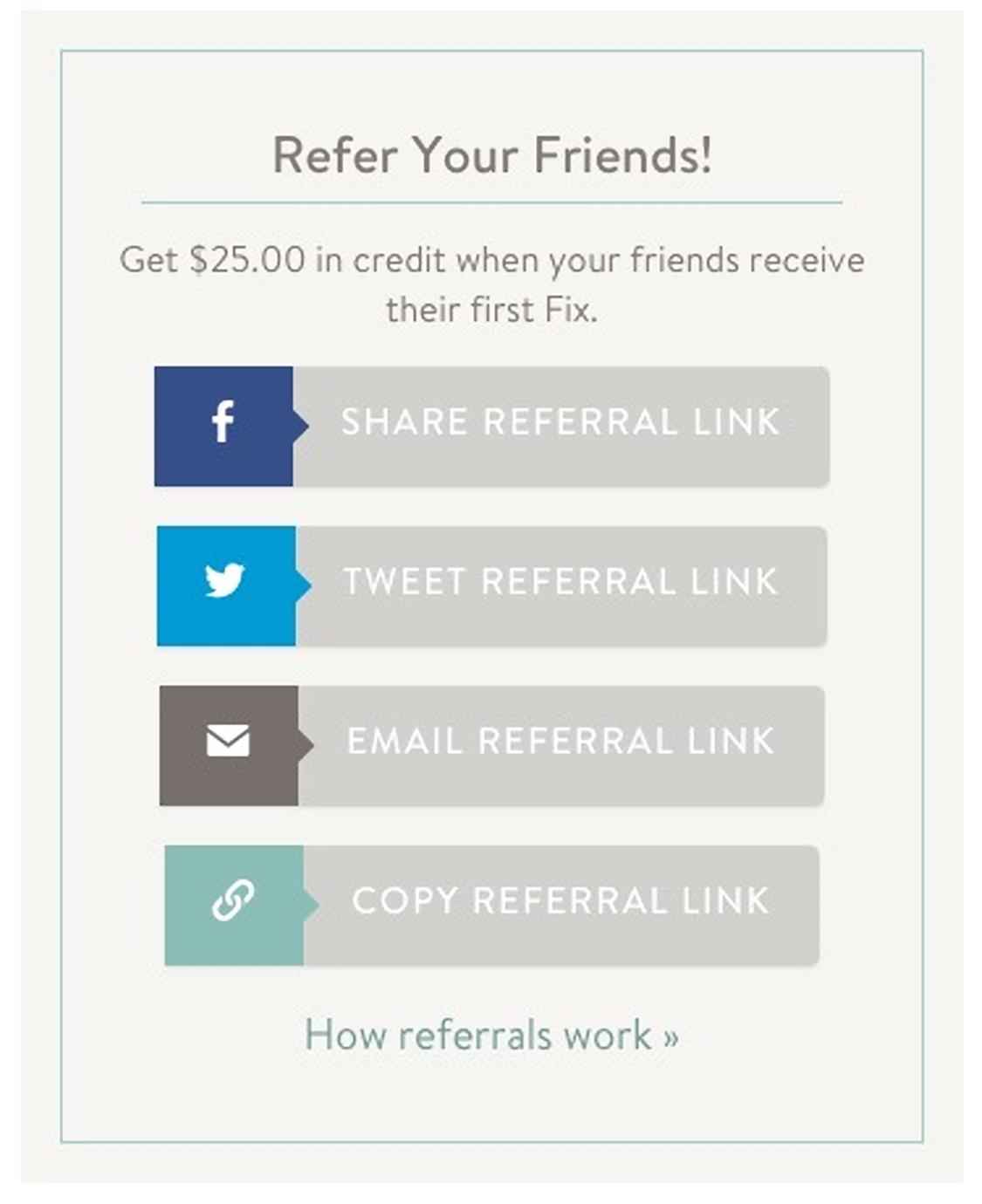4 Ways to get started with franchise advertising programs
Because franchise advertising programs come in so many different formats, choosing one can be a little overwhelming. From traditional to digital marketing, free to paid advertisements, and marketing at the franchisor or franchisee level—how do you know where to start, or pick the best program for your needs?
The good news: Choosing between the many franchise advertising programs out there isn’t as complicated as it may initially seem. It comes down to two distinct factors:
-
Are you working on the franchisor or franchisee level?
-
Whom are you targeting with your advertising programs?
Once you’ve nailed down the answers to these questions, picking the right advertising programs gets easier.
Source: Smart Insights
Franchisor vs. franchisee marketing
Franchise marketers face several unique marketing challenges. Some of the most common include:
-
Maintaining a cohesive brand identity
-
Empowering the franchisees
-
Maintaining control at both the corporate and franchisee level
When it comes to choosing between franchise advertising programs that tackle these challenges (and others), start by asking yourself this: Are you marketing as the franchisor or the franchisee?
It may not seem like a significant difference, but it is. Depending on which category you fall under, you can approach many different marketing methods.
Marketing as a franchisor
If you’re working on developing franchise advertising programs from the franchisor level, the good news is that your efforts will be put to good use across all your locations. When done correctly, that helps address many of the challenges mentioned earlier.
If you’re just beginning your franchise marketing plan, keep in mind that, at this level, your marketing plan will include several different advertising programs. Franchisees will use these programs to maintain brand consistency. Some programs you’ll want to consider include:
-
Digital/Social media marketing
-
Traditional marketing
-
Content marketing
These are some valid franchise advertising programs worth considering which will prove beneficial at the franchisee level.
Marketing as a franchisee
If your duty is to come up with advertising programs at the franchisee level, you’re already ahead of the game—whether you realize it or not. As mentioned earlier, those in charge of marketing at the franchisor level oversee the creation of advertising programs and campaigns used by franchisees to maintain brand consistency. What’s great about marketing at the franchisee level is that you can take these ideas and start to personalize them to your given market.
As a franchisee, you target your local audience members. This means you worry less about appealing to the masses—you get to focus on a much smaller segment. You just need to know who your targeted audience members are.
At the franchisor level, marketers know the general target audience. Factors considered at that level include:
-
Age range
-
Gender
-
Personal preferences
When it comes to learning about your franchisee’s targeted audience member, you’ll get a little more detailed. Factors at this level may include:
-
Geolocation
-
Income levels
-
Job titles
-
Culture
Think of it this way: Franchisees must know their audience on a more personal level because they oversee direct contact.
Franchise advertising programs at the franchisee level need to take these factors (and more) into consideration to reach their individual audience members where they’re at. Remember, what works on the East Coast won’t always work on the West Coast.
Take these examples from Starbucks. During the holiday season, some people identify with certain images—such as Christmas trees, mittens, and gifts—while others don’t. To remedy this situation, Starbucks has changed their cups in many areas to solid colors and more generic images to suit everyone and their preferences.
Source: Really Good Emails/HTML Email Gallery
4 franchise advertising programs worth considering
Knowing the difference between franchisor and franchisee marketing is an excellent starting point—especially when you’re trying to choose between different advertising programs (and how in-depth you should be going with them).
No matter which level you’re marketing for, the options for franchise advertising programs remain similar. They just need to be tweaked to fit your marketing goals. That said, here are four franchise advertising programs worth considering.
1. Email marketing
In case you haven’t heard: Email marketing is one of the most valuable advertising programs available to marketers. This is especially true if you’re looking to save money in your advertising budget.
Of all the marketing channels available to you, email marketing delivers the highest ROI. For every $1 spent, marketers see an average of $38 in ROI.
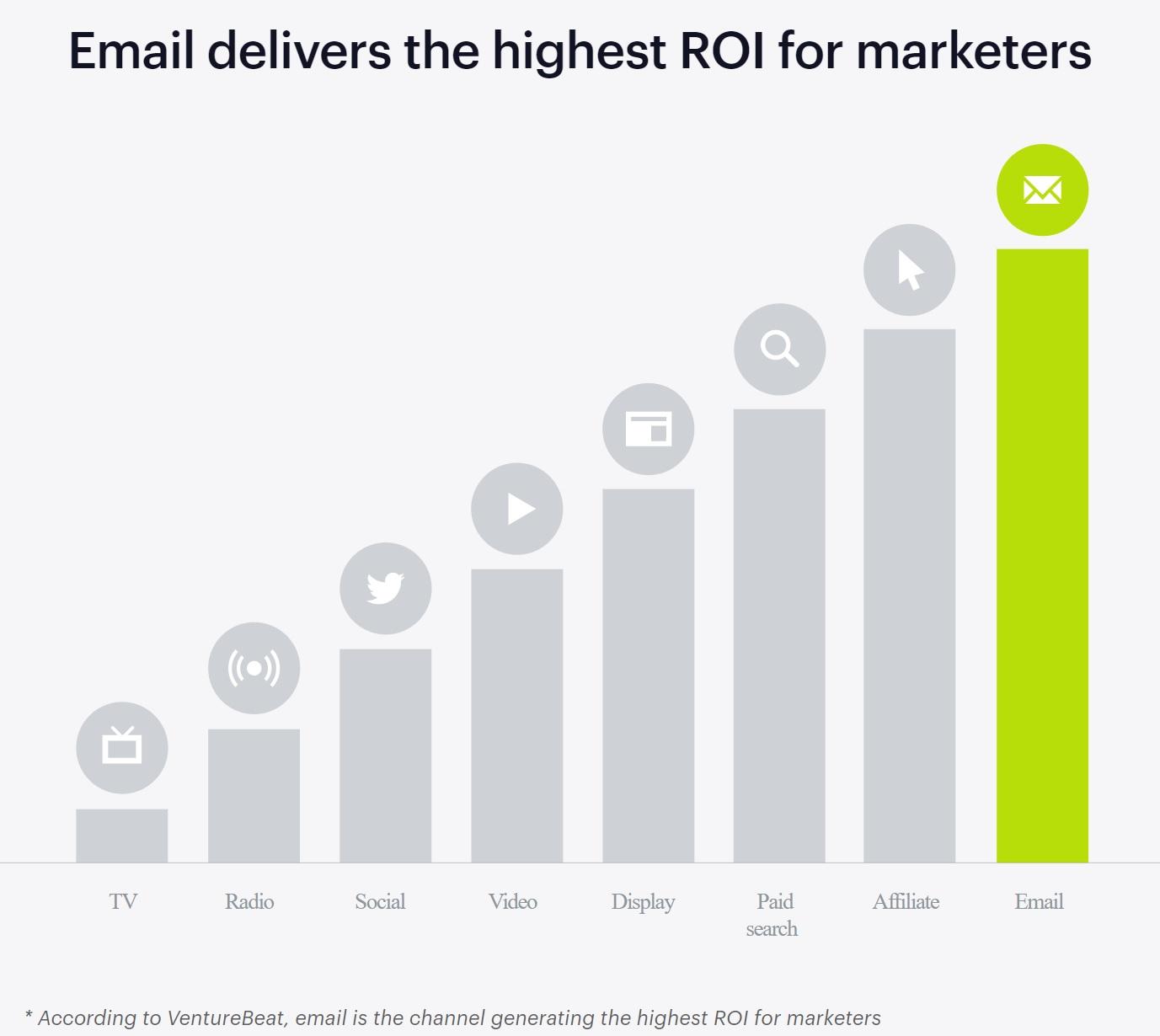
What makes email marketing great for franchise advertising programs is that it adds little to no cost (depending on the software you work with). Some brands allow free email creation and sending, and other brands will cost you, but come with more perks—such as analytics, insights, and more.
Email marketing is excellent because of its potential—not only for spreading news of your franchise, but for getting to know your customers on a personal level. Popular food franchise Pizza Hut, for example, sends out highly personalized emails to their customers in the way of birthday emails.
Source: Really Good Emails
2. Social media marketing
Social media marketing has quickly gained favor among marketers, especially those that fall under the small business category. When our friends at Campaign Monitor asked their small business users where they saw the most potential—not only for spreading brand awareness but acquiring new customers—the overwhelming response was social media marketing.
Why? Because people spend much of their spare time surfing social media—an average of 136 minutes a day, to be exact.
The popular chain Olive Garden uses several social media sites. In fact, in this example from their Facebook page, they use targeted marketing to announce a new location opening in the Minnetonka, Minn. area. This is an excellent example of targeted franchisee marketing in action.
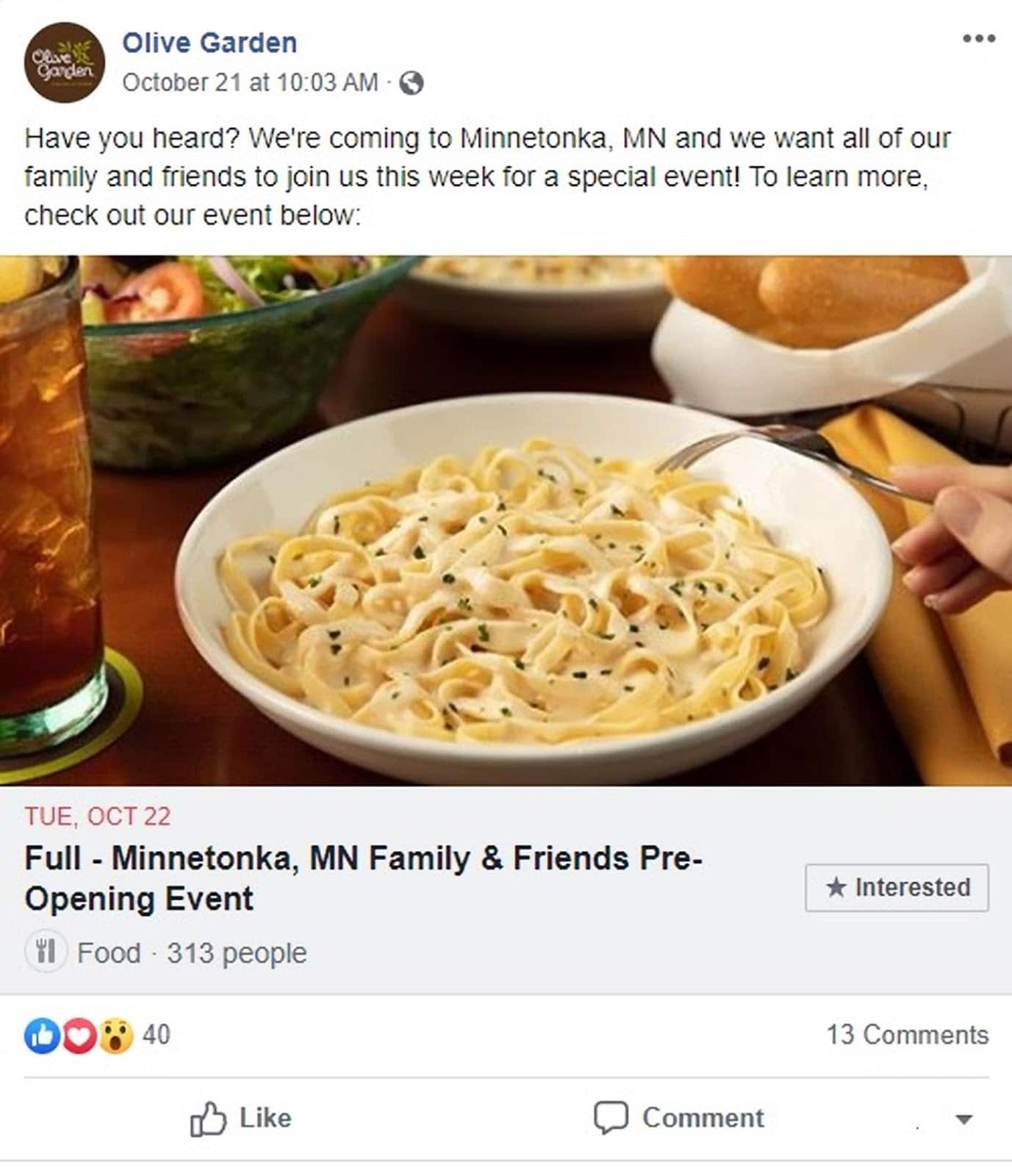
3. Referrals and customer loyalty programs
Who doesn’t love free stuff? Or special promos? When it comes to developing franchise advertising programs, customer loyalty and referral programs are a great way to draw in new customers (and their friends and family).
Source: Milled
Loyalty programs are great because they encourage current customers to stay with the brand. And referral programs encourage your current customers to invite their loved ones to join them, even if for one special promotion.
These programs provide consumers with special perks that encourage them to come back for more. One free coffee gives them a taste of what you offer—and if they enjoy it, you can bet they’ll be back for more. When you offer the opportunity to share your product with their friends and family (and reward them for doing so), you encourage them to do the advertising for you.
Popular clothing subscription service Stitch Fix does a great job of encouraging their current subscribers to refer their friends by providing them an easy social sharing option.
Source: Goddard School Franchise
4. Content marketing
Content marketing is the act of sending your audience members relevant content to keep them engaged with your franchise. While a good portion of this content will be promotional in nature, it’s vital you include non-promotional content from time to time.
Take this example from the Marriott franchise. In their email content, they not only provide the reader with relevant travel promotions, they also share travel news that they think the reader may find valuable.
Source: Milled
What’s essential to remember is that having original content to share is excellent—but many franchisees don’t have that sort of material on-hand. Instead, consider sharing relevant, curated content with your consumers. This shows them you’re in this for more than a sale and helps you build authority in your given niche.
Wrap up
We’ve covered several different franchise advertising programs worth considering. Now it’s time for you to choose which will suit your franchise best. Not sure how? Here’s what you should be considering:
-
What’s your overall advertising budget?
-
Who’s your targeted audience?
-
Do you reach your audience where they’re at?
These are only a few questions you need to ask, but they’ll get you on the right foot when it comes to choosing your franchise advertising programs.
Have you decided to give email marketing a try for your franchise? Then you’ll want to know how to define success in an email marketing campaign. Check out our simple guide today.
MOST RECENT ARTICLES
Want to engage your audience and grow your brand? Try Emma's robust easy-to-use product today.

